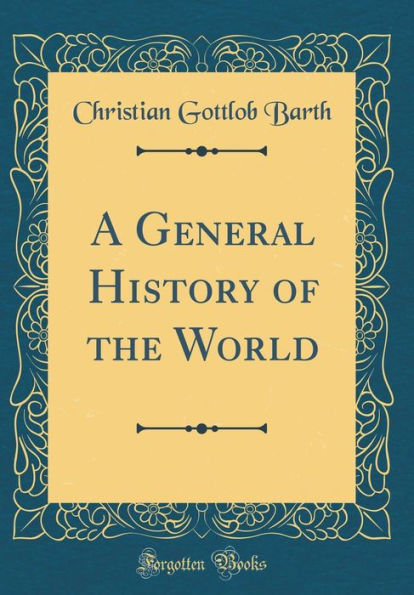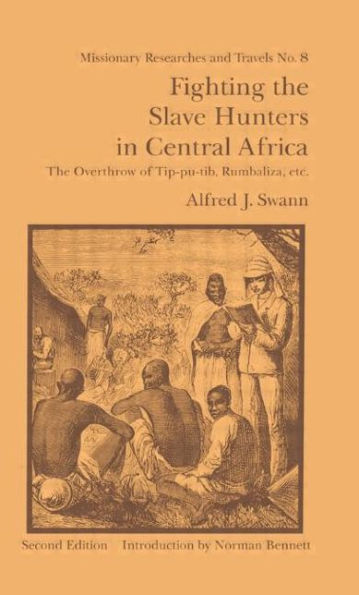Home
Thrice Through the Dark Continent: A Record of Journeying Across Africa During the Years 1913-16 (Classic Reprint)
Loading Inventory...
Barnes and Noble
Thrice Through the Dark Continent: A Record of Journeying Across Africa During the Years 1913-16 (Classic Reprint)
Current price: $33.18


Barnes and Noble
Thrice Through the Dark Continent: A Record of Journeying Across Africa During the Years 1913-16 (Classic Reprint)
Current price: $33.18
Loading Inventory...
Size: OS
*Product Information may vary - to confirm product availability, pricing, and additional information please contact Barnes and Noble
Excerpt from Thrice Through the Dark Continent: A Record of Journeying Across Africa During the Years 1913-16
The journey which occupied Sir Garnet Wolseley and his heroes nearly four months was accomplished by us in a single day. On my arrival at Kumasi I was met at the station by a representative of the Basle Mission, whose guest I was during my four days' stay. Kumasi, with its railway and its tele graph, its macadamised streets and its commodious European stores, is a vivid illustration of the impact of Western civilisa tion upon African barbarism. The roads leading to the capital and the streets of the town itself are thronged with natives, who represent every stage of sartorial evolution, from the piccaninny who is robed in innocence to the Government clerk with his smart white suit, straw hat and yellow boots. The great majority of men and women are clothed in cheap cotton prints, which are gracefully thrown across the shoulder and tied around the waist. I saw every kind of facial type the handsome, Semitic cast of the Hausa, the ugly snout of the Kroo-boy, and the thick-lipped prognathous counte nance of the negro. The women are laden with baskets of farm produce which they are hearing to the daily market. Children hang about their skirts, and are treated with an affection which I found particularly noticeable. In yonder gully, through which meanders a stream of sluggish water, we see a number of stalwart, semi-nude men engaged in making bricks, which are destined for the huge two-storied edifices of the European, while just beyond the stream we descry a native village in all the primitive simplicity of clay walls and grass roof. As we ponder on the contrast a bicycle bell sounds its warning note, and we step aside to see a native, clad only in the scantiest loin-cloth, dash past on a machine that has been manufactured at Coventry or Sheffield. Public baths there are none, but at every pool and stream around Kumasi one may see, at almost any hour of the day, numbers of men, women, and children performing their necessary ablutions.
As I slowly stepped do the street, the inevitable camera depending from my shoulder, I was accosted by a native clad in the most irreproachable European fashion.
About the Publisher
Forgotten Books publishes hundreds of thousands of rare and classic books. Find more at www.forgottenbooks.com
This book is a reproduction of an important historical work. Forgotten Books uses state-of-the-art technology to digitally reconstruct the work, preserving the original format whilst repairing imperfections present in the aged copy. In rare cases, an imperfection in the original, such as a blemish or missing page, may be replicated in our edition. We do, however, repair the vast majority of imperfections successfully; any imperfections that remain are intentionally left to preserve the state of such historical works.


















